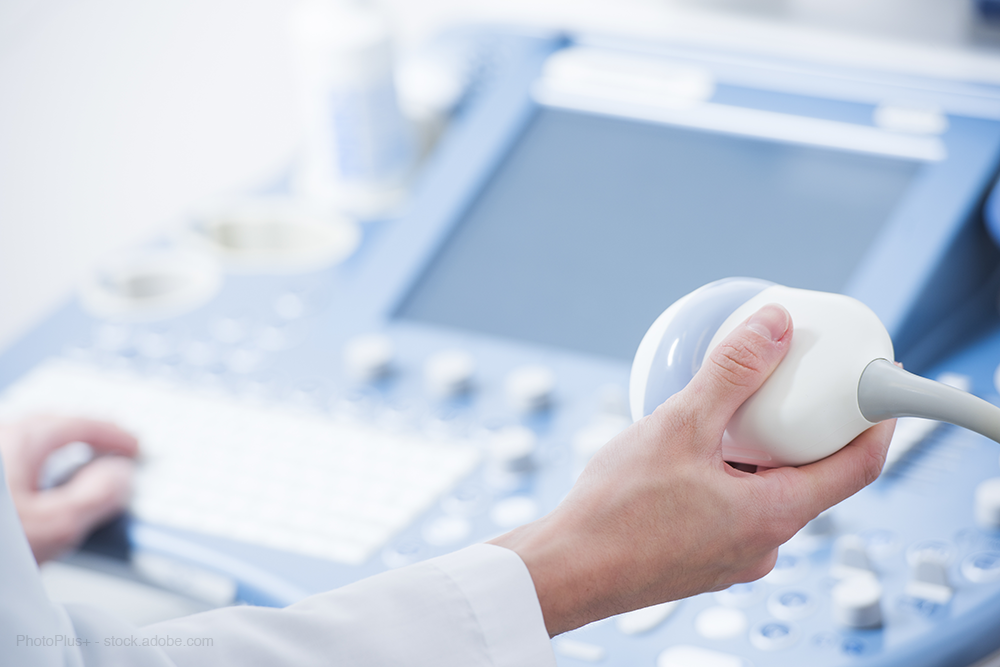Patient Comfort During Whole-Breast Ultrasound
What patients think of automated whole-breast ultrasounds.

When it comes to breast ultrasound, the most important priority is efficacy. But, another paramount concern is patient comfort with the technology. And, with automated whole-breast ultrasound, there’s been little research to date regarding how women feel about undergoing this type of imaging.
Many studies have been published that highlight the effectiveness of automated whole-breast ultrasound in the screening detection of invasive breast cancers among women with dense breast tissue. A study published recently in The Breast Journal looked deeper and analyzed how women who had only previously undergone a mammogram responded to receiving an automated whole-breast ultrasound. The results were mainly positive.
The study
Researchers conducted a 28-question survey with 82 women receiving their baseline automated whole-breast ultrasound. Of that group, 82% reported the experience was positive, 2% indicated the experience was negative, and 15% remained neutral. After receiving an exam, more women were also aware that this type of imaging contained no ionizing radiation, increasing from 78.9% to 90.8%, respectively.
For many women, anxiety over breast screening can be a frequent concern, but worries among participating women dropped after the exam. Prior to the imaging, 47.5% of women indicated they had no anxiety, but that percentage increased to 64.6% after completion of the studies.
Related article: Automated Breast Ultrasound Use on the Rise
With mammography, another common complaint can be how long women have to stand still, compressed in a machine in order for the technologist to conduct the exam. Automated whole-breast ultrasound appeared to alleviate that concern: post-exam, more women revealed the length-of-time to complete the imaging was no longer a worry. Initially, 57.7% of patients reported having no concern about the time span, and that increased to 62.8%.
In a surprising result, however, women indicated their concerns about physical discomfort associated with automated whole-breast ultrasound actually increased after the exam. Initially, more than half-58.6% of women had no concerns about an automated whole-breast ultrasound being uncomfortable. But, after having one, that proportion dropped to 42.3%. Still, more patients reported little-to-no discomfort with an automated whole-breast ultrasound than they did with a mammogram, 81.7% to 61%, respectively.
Communication
Part of helping women become more comfortable with a new type of imaging exam is fostering communication with their healthcare provider. According to The Breast Journal study, women were widely varied on how they preferred to receive information about their breast health from their doctor. Many reported being comfortable with more than one mode of communication.
For example, 18% selected reading a printed pamphlet, 29% wanted a one-on-one conversation, 27% opted to glean information from websites, 22% leaned toward an email from their breast care center, 1% preferred social media, and 3% did not want information.
Can Ultrasound-Based Radiomics Enhance Differentiation of HER2 Breast Cancer?
March 11th 2025Multicenter research revealed that a combined model of clinical factors and ultrasound-based radiomics exhibited greater than a 23 percent higher per patient-level accuracy rate for identifying HER2 breast cancer than a clinical model.
Study: AI Boosts Ultrasound AUC for Predicting Thyroid Malignancy Risk by 34 Percent Over TI-RADS
February 17th 2025In a study involving assessment of over 1,000 thyroid nodules, researchers found the machine learning model led to substantial increases in sensitivity and specificity for estimating the risk of thyroid malignancy over traditional TI-RADS and guidelines from the American Thyroid Association.